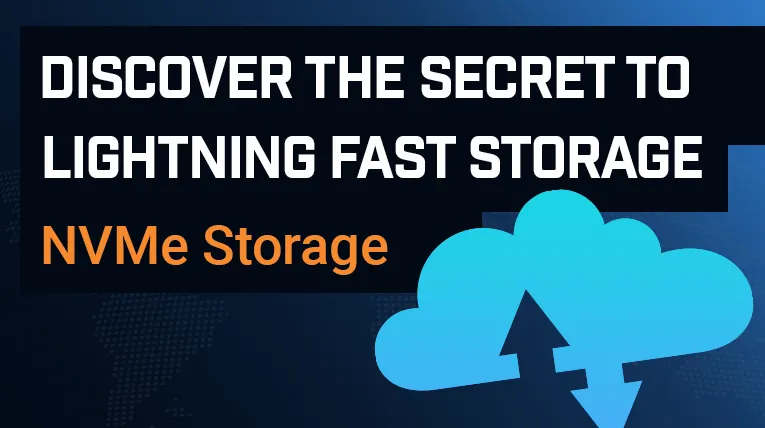Rados Block Drive (RBD) in cloud hosting environments
Last Updated: November 21st, 2023 4 min read Servers Australia

What is Rados Block Device?
Rados Block Device (RBD) is a software component in the Ceph distributed storage system, which is commonly used in cloud storage environments. RBD provides a virtual block device that can be used to store and manage data in a distributed manner across multiple servers and disks.
In a cloud storage environment, RBD can be used to provide block storage services to virtual machines (VMs) running on cloud computing platforms such as OpenStack, VMware, and Amazon Web Services. RBD allows VMs to access virtual disks as if they were physical devices, providing a flexible and scalable storage solution for cloud environments.
Evolution of Random Block Storage
To fully appreciate the significance of random block storage, it's essential to delve into its historical context and evolution within the landscape of data storage. Traditionally, sequential access methods dominated storage systems, limiting speed and adaptability. The emergence of random block storage marked a paradigm shift, offering a more efficient and flexible alternative.
This evolution is closely tied to advancements in storage technologies, including the development of hard disk drives (HDDs) and solid-state drives (SSDs). Innovations in these storage mediums paved the way for the implementation of random access storage, revolutionising how data is organised and retrieved. Today, random block storage stands as a cornerstone in modern data infrastructure, capable of catering to the diverse and demanding needs of businesses across industries.
How does Rados Block Device work?
RBD works by creating virtual block devices on Ceph storage clusters, which can be formatted with any file system and used to store data. The virtual block devices are accessed through a network protocol, such as iSCSI, and can be managed and resized dynamically without disrupting the VMs that are using them.
RBD also provides features such as thin provisioning, snapshotting, and replication, which can help to optimise storage utilisation and to protect against data loss. For example, thin provisioning allows virtual disks to be created with only the storage space they require, rather than pre-allocating the entire disk space. Snapshotting allows VMs to quickly create backups of their virtual disks, while replication enables data to be replicated across multiple servers and disks for redundancy and fault tolerance.
How can Rados Block Device help my business?
Embracing random block storage translates into tangible benefits for businesses seeking efficiency and scalability in their data management strategies. One of its primary advantages lies in optimised performance. The ability to access specific data blocks without reading entire files leads to faster data retrieval, enhancing overall system responsiveness. This proves particularly beneficial in scenarios where rapid access to critical information is paramount.
Scalability is another key advantage. The modular nature of random block storage allows organisations to dynamically expand their storage capacity by adding individual blocks as needed. This scalable approach not only addresses current data storage requirements but also positions businesses to adapt to evolving needs without overcommitting resources. In a world where data volumes are constantly on the rise, the flexibility afforded by random block storage is a strategic asset.
Overall, RBD is a powerful and flexible block storage cloud hosting solution that can provide reliable and scalable storage services in cloud storage environments.
Technical Requirements and Setup of Random Block Storage
Implementing random block storage within your business infrastructure involves careful consideration of technical requirements and setup procedures. The foundation often requires a robust storage infrastructure, such as SANs or cloud-based storage solutions. Assessing specific needs, including data volume, access patterns, and performance requirements, is crucial in determining the most suitable setup.
Configuring random block storage involves defining block sizes, implementing efficient indexing mechanisms, and establishing protocols for seamless communication between storage components. Security and redundancy measures should also be prioritised to ensure data integrity and availability. Additionally, businesses should stay informed about updates and advancements in random block storage technology to continually optimise their data management strategies.
Examples of Random Block Storage in Action
To illustrate the real-world application of random block storage, let's consider an e-commerce platform. In this scenario, product information, images, and transaction records are stored using random block storage. The ability to access and modify specific data blocks independently allows for quick updates to product details without affecting the entire database. As the business grows, the modular nature of random block storage enables seamless expansion of storage capacity to accommodate a growing product catalog.
In the realm of cloud computing, service providers leverage random block storage to offer scalable and customizable storage solutions to businesses of all sizes. Clients can allocate and manage storage resources with granularity, ensuring cost-effective utilisation of resources based on their specific needs.



